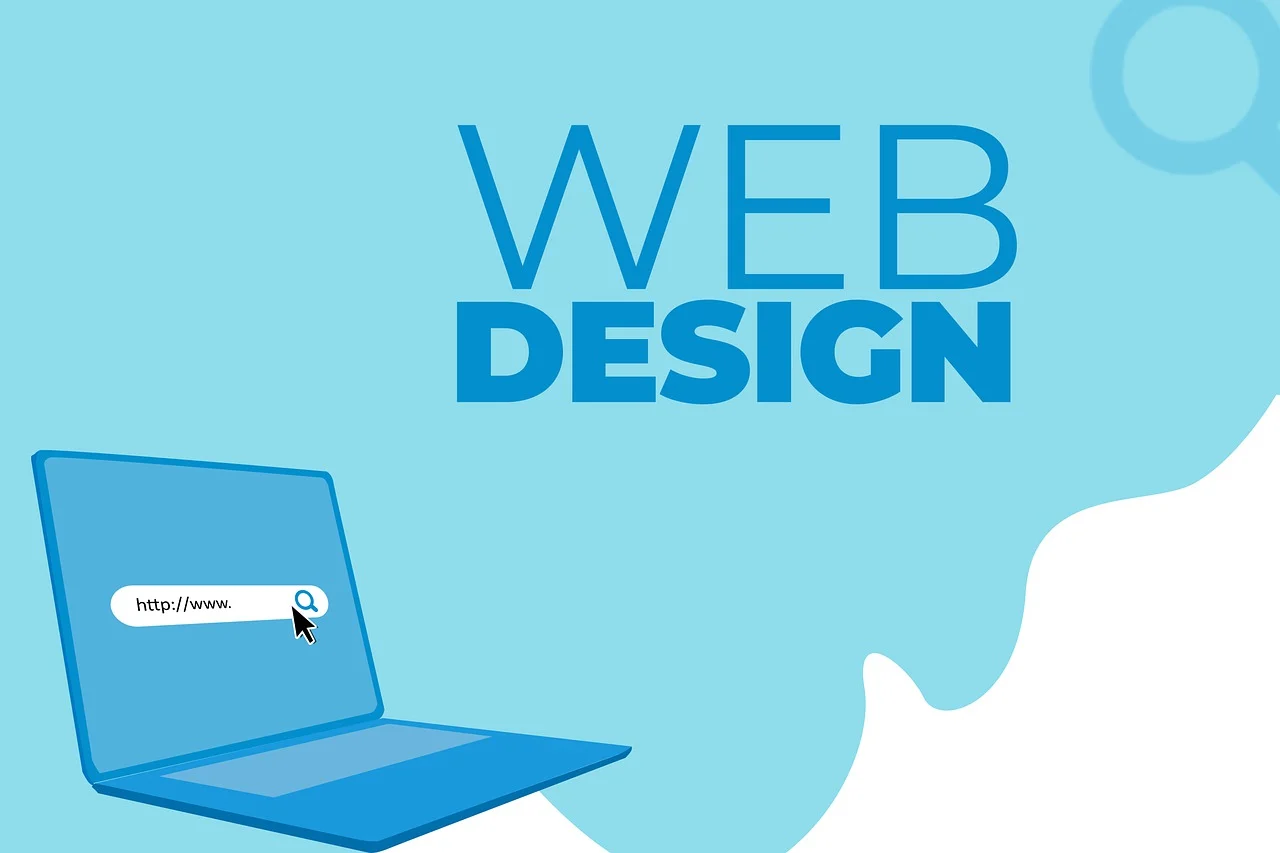The Do's and Don'ts of Website Design: What to Avoid and What to Embrace
A well-designed website is essential for any business looking to establish a strong online presence. However, not all approaches to website design are created equal. While some can help businesses achieve their goals and improve their brand image, others can harm the website’s functionality and user experience. In this blog post, we will explore the do’s and don’ts of website design, specifically focusing on what approaches to avoid and what to embrace. Whether you’re a business owner looking to create a new website or a designer looking to improve your skills, this article will provide valuable insights and recommendations to help you create a high-quality, effective website.
Certainly, here are some additional approaches to avoid in website design, specifically related to design packages from companies and design contest websites:
1. Design Packages from Companies:
Design packages from companies may seem like a convenient and cost-effective option for website design, but they often come with significant drawbacks:
a. Lack of Customization:
Design packages from companies typically offer pre-made templates that may not be customizable beyond basic color schemes and fonts. This can result in a generic-looking website that does not accurately reflect the unique brand and personality of the business.
b. Poor Quality:
Companies that offer design packages often employ less experienced designers who may not have the expertise to create a high-quality website that meets the business’s needs. Additionally, design packages often have limited revision options, leaving the business with a website that may not meet their expectations.
c. Limited Functionality:
Design packages from companies often come with limited functionality options, which can limit the website’s capabilities and hinder the user experience. This can negatively impact the website’s effectiveness in achieving its goals.
2. Design Contest Websites:
Design contest websites allow businesses to crowdsource their website design by inviting designers to submit their designs for a prize. While this approach may seem appealing, there are several reasons why it is not recommended:
a. Quality Concerns:
Design contest websites attract a wide range of designers, from highly experienced professionals to amateurs. This can result in a large number of poor-quality designs, which can be a waste of time and money for the business.
b. Intellectual Property Concerns:
Design contest websites often require designers to sign over their intellectual property rights to the winning design, which can raise legal concerns for the business. Additionally, the business may not have full ownership of the design, which can limit their ability to make changes or modifications in the future.
c. Limited Customization:
Design contest websites often offer limited customization options, which can result in a website that is not tailored to the business’s specific needs and goals. This can limit the website’s effectiveness in achieving its objectives.
Recommended Approaches:
Here are some recommended approaches to website design that can help ensure a high-quality, effective website:
1. Custom Design:
Investing in a custom website design can help ensure that the website accurately reflects the business’s brand and personality, meets their specific needs, and provides a high-quality user experience. Custom design can also offer more flexibility and customization options.
2. Experienced Designer:
Working with an experienced designer can help ensure that the website meets the business’s goals, provides a high-quality user experience, and is optimized for search engines. An experienced designer can also provide valuable insights and recommendations for improving the website’s effectiveness.
3. Functionality and Usability:
Prioritizing functionality and usability can help ensure that the website is effective in achieving its objectives and provides a positive user experience. This includes ensuring that the website is easy to navigate, loads quickly, and has clear calls-to-action.
4. Responsive Design:
Ensuring that the website is optimized for mobile devices is essential in today’s mobile-first world. Responsive design can help ensure that the website looks and functions well on all devices, including desktops, tablets, and smartphones.
Investing in a high-quality custom website design, working with an experienced designer, prioritizing functionality and usability, and ensuring responsive design can help businesses create a website that effectively represents their brand, meets their goals, and provides a positive user experience. Meanwhile, avoiding design packages from companies and design contest websites can help businesses avoid poor quality, limited customization, and legal concerns.



